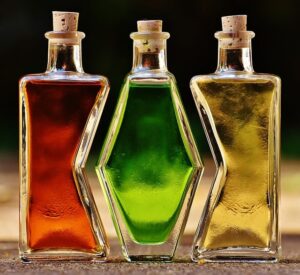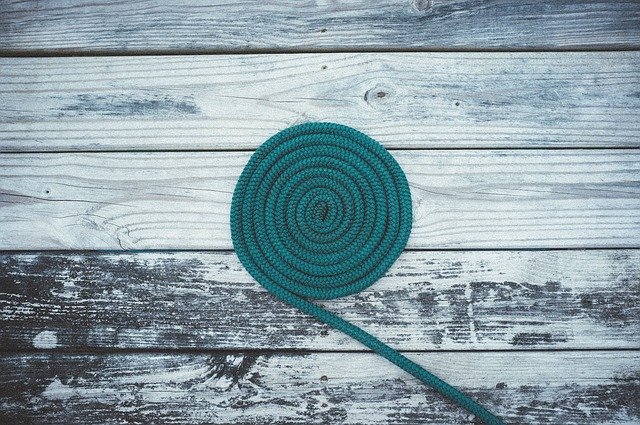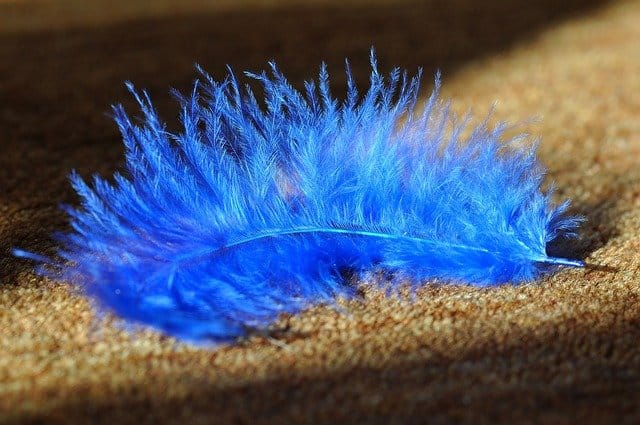Does Alcohol Remove Paint?
Perhaps you have some alcohol you’re wondering does alcohol removes paint from various surfaces. Can it cause stains in the application process or even destroy the material if used in whichever quantities? 
So, does alcohol remove paint? The simple answer is YES, denatured alcohol/ isopropyl alcohol will remove paint by dissolving it into a semi-liquid state easily rinsed after some minutes of quenching.
You can use rubbing alcohol to remove latex paint and water-based paint from clothes, car bodies, walls, furniture tops, and wet floors. All you need is to prepare the right concentration and carry out the proper soaking/quenching procedure before cleaning.
However, alcohol may not remove some of the oil-based paint, and therefore, you will need to apply other methods appropriately. See Also: Getting Rid of Spray Paint Smell.
Details: Does Alcohol Remove Paint?
a. Active agents in rubbing alcohol
There are two forms of alcohol that work safely for standard paint removal—Isopropyl alcohol and denatured alcohol that is, at times, commonly known as the methylated spirit.
Denatured alcohol contains about 70% to 90% ethyl, whose concentration may change according to the intended users.
The Isopropyl alcohol comes with 90% to 99% Ethyl and 5% range methanol activator, thus making it more potent as compared to denatured alcohol.
Being under an organic chemical group, the –OL factor (COOH) actively breaks the bond in latex or water-based paint to form a semi-liquid substance.
The weakened bonds in the mixture allow more effortless removal action without much problem after some minutes. The alkanol agent in each type utilizes principles of solubility and weakens the bonds for easier removal.
See Also: Deck Sealer for Pressure Treated Wood
b. Concentration level needed
For better paint removal, isopropyl alcohol or denatured alcohol should have 75% to 95% alkanol content. This is necessary to improve bond-breaking affinity without damaging the surface under paint removal.
Moreover, the user should be protected well since these liquids (at high concentration) caused skin irritation (on contact) or nasal cavity discomfort upon inhalation.
You can manually dilute the alcohol using distilled/clean water or purchase the right concentration for your paint removal use. Having a 100% concentration of alcohol is risky to the user and may destroy the surface being cleaned.
Usually, the active agents may stain or corrode the surface, especially plastics, if the professional application is not followed during removal. NB: Avoid direct contact during application.
c. Areas of application
Denatured alcohol is best used in mild paint removal, cleaning agent examinator, solvent for various bleaching agents as well as the sanding aid.
On the other and, Isotropic Alcohol can be used in dense paint removal due to its high alkanol concentration index.
In each of these, direct application on the painted surfaces such as vehicle body parts, furniture, rooftops, walls, containers, and floors work excellently in removing paint.
See Also: Sprayer for Latex Paint
d. Type of paint removed
Rubbing alcohol removes typically two major types of paints, i.e., latex-based and water base paint. The principle behind the removal is that alcohol liquefies (turns to liquid) the old paint.
Quenching takes two to five minutes to achieve complete removal. Then wipe out the liquid to dryness.
You will notice that some of the oil-based paints are not removed by alcohol. This cause is attributed to a low alcohol concentration or resin integration that prevents a complete breakdown of the molecular bond during the paint removal process.
It’s advisable, therefore, to consider alternative means such as ammonium solution, Acetone, or Lacquer thinner for paint removal. See Also: How to Stain a Deck for the First Time
Steps to follow when removing paint by the use of alcohol
When carrying out the paint removal process using rubbing alcohol, it’s necessary to follow the procedure below in order to achieve the best final results.
Before then, you will need to have the following items with you; scrapper, clean water, trashcan, paintbrush/rag, hand gloves, Isopropyl alcohol or denatured alcohol, and timer.
- Dilute the rubbing alcohol to the right concentration using clean water (range between 75% to 96% alcohol content according to paint density). Dilution applies to alcohol, whose content is 100% alkanol.
- Administer one drop on the surface; you want to remove paint and carry your observation. This is necessary for checking whether the degree of concentration works perfectly or has any side effects such as staining and corrosion.
- Pour the rubbing alcohol on the surface and spread evenly using a paintbrush across the surface you intend to remove paint.
- Cover the surface, if possible, with a polythene bag (to accelerate etching) and leave it for 5 to 10 minutes to achieve maximum quenching. Monitor the time using a stopwatch.
- Uncover the surface and scrape off paint debris (using a scrapper) until the entire body is clean.
- Soak the rag in clean water and rinse the surface to dry finish. Remember to wear gloves when rinsing to protect your hands from the etching effects of the rubbing alcohol.
NB: You can repeat this procedure for other surfaces. However, you need to assess the density of paint coating to improve alcohol concentration during application.
Read Also: Cleaning a Deck Before Staining
Which other liquids can remove acrylic paint?
Apart from using rubbing alcohol in paint removal, other liquids are available in the market that can serve the same purpose. These include:
a. Acetone
This is manufactured using a potent etching agent that penetrates the paint coat faster. There is less scraping or multiple applications to achieve the best final finish. It can be used with a nozzle application option.
Acetone is preferred for non-porous surfaces such as metal and glass. It is not safe for synthetic and plastic material. See Also: Does Goo Gone Remove Paint?
Notably, Acetone should be handle with the right respiratory protection during application since it produces intense fumes – the room should be well ventilated.
b. Ammonia solution
Ammonium solution offers a mild to dense thickness option for paint removal over non-porous surfaces such as metal and glass. The procedure of application is similar to that of rubbing alcohol give above.
However, the Ammonia solution dissolves faster and breaks the paint in lesser time. The solution emits intense fumes that irritate the nasal cavity (should have respiratory protection during application).
A high concentration of ammonium solution dissolves aluminum and brass metal. NB: Ammonia solution should not be used on wooden surfaces.
See Also: Deck Stain for Pressure Treated Wood
c. Lacquer thinner
Thinner is manufactured using a mixture of toluene and methanol (a bit toxic) or ethyl acetate, which is less harmful but not safe for plastic surface applications.
The lacquer thinner can be used on non-porous surfaces such as metal and glass, unpainted wood, and unvarnished to remove paint. Due to its toxic scents, one should use a nose mask during application.
Which other ways can Rubbing Alcohol be used for?
Apart from removing paint on surfaces, rubbing alcohol/isopropyl alcohol can also be used in other ways, as indicated below:
1. Restoration of car headlights
Isopropyl is preferably used. During this process, sanding is carried out before applying the alcohol.
The quenching process leaves a clear glass. See Also: Painting Vs Staining Deck – 7 Key Differences.
2. Removal of polish residue
After polishing the metallic surface or plastic plate, there are scratched that occur due to the rough finish.
You can apply either denatured alcohol or isopropyl alcohol before cleaning to remove such instruction. After rinsing, the surface is left finely polished and free from scratches.
3. Removing sticker residue
Often, sticker adhesives stain surfaces, and scratching may end up destroying the subtle surface finish. All you need to do is apply rubbing alcohol and rinse to dry, and the surface will be left spotlessly clean.
4. Removing sealant and wax
When applying another paint coat on a given surface, you need to eliminate sealant or even wax in some areas. See Also: Sprayer for Latex Paint.
The best option to do this is not by dry scraping. Instead, apply rubbing alcohol and allow it to etch the wax before you scrap it smoothly without any problems.
Conclusion
In summary, rubbing alcohol can remove paint coating without damaging the surface if the right concentration is applied correctly. Indeed, alcohol works best for latex and water-based paints.
Moreover, rubbing alcohol can also be used to remove wax and sealant, clean car headlights, remove polish residue, and clean sticker adhesives on the shiny surfaces.
Notably, you need to have respiratory protective gear during application to shield yourself from irritation that may occur.




